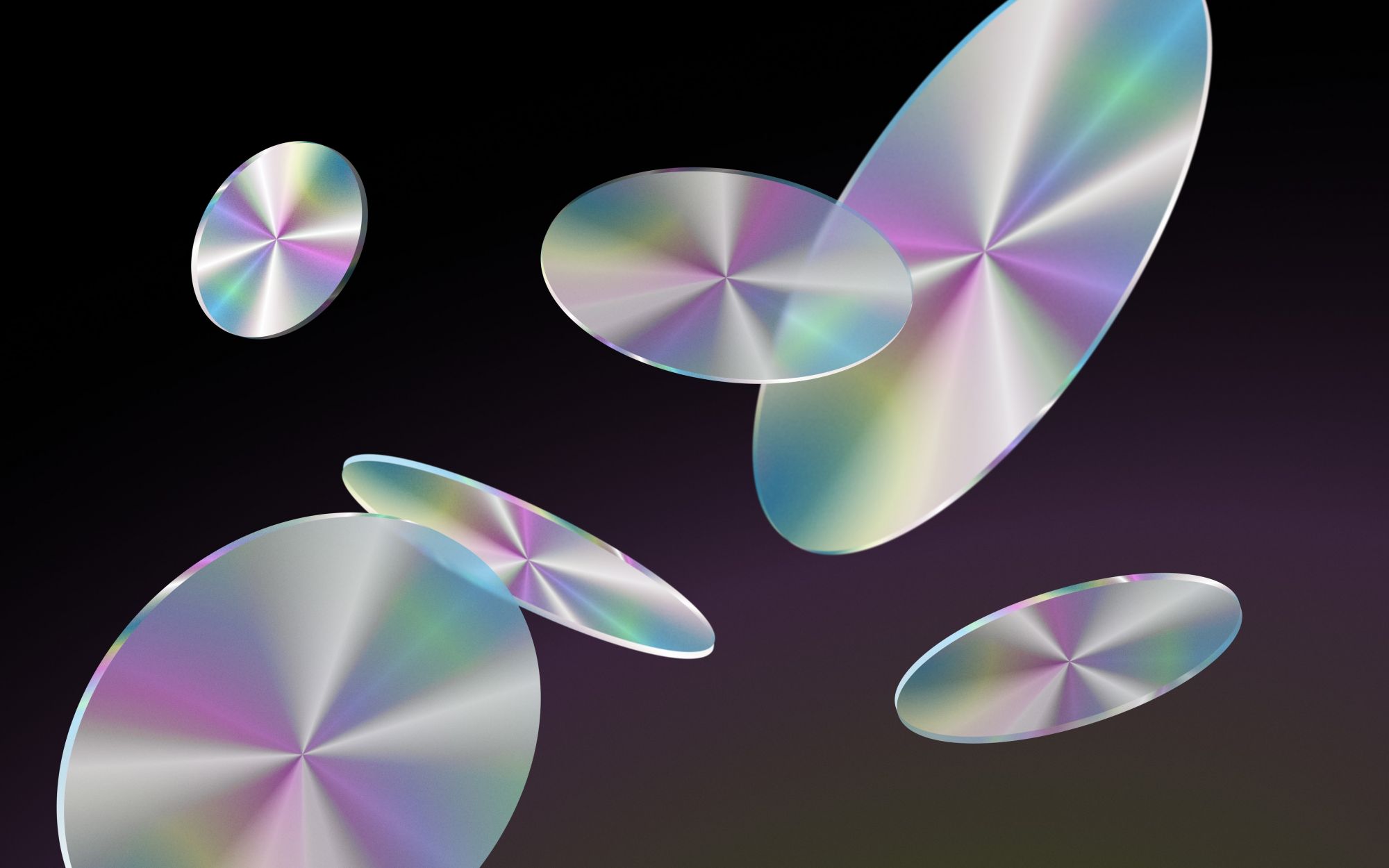Non-fungible tokens (NFTs for short) are rapidly becoming the Internet’s new status symbols. With a slew of marketplaces flooding everyone and their mother’s timelines, it’s becoming increasingly hard for artists not to consider, even for a brief moment, the prospects of making their own NFTs. But exactly what kind of artists does the NFT world welcome? Are there designated photography marketplaces? Let’s find out.

What is NFT Photography?
If you’re reading this blog post, we’re going to safely assume that you know the very basics concerning NFTs; we won’t delve into those here. And if you’re at all following the craze in this new digital art landscape, it’s likely that you have noticed hype around collectibles—but not too much around photography. Sure, there have been some high-value sales and an NFT photography guide here and there, but the masses have primarily flocked to so-called PFP projects.
The cause for this is likely the nature of Internet culture. Flaunting cool disheveled apes as your avatars on social media is a notion more associated with NFTs than photography is. And just like real-life art collection, fewer people tend to invest in things more viewed as a commodity; photography is also considered to be in the latter category. However, NFTs present a brand new opportunity for artistic photography to regain the spotlight. Notable photographers and photo artists are gaining considerable attention from the greater public, with marketplaces popping up every so often. And while not exactly mainstream yet, it’s only a matter of time until mindboggling price tags start trending for NFT photo projects.
Can You Sell Your Photos as NFTs?
Absolutely. What is helpful, however, is looking at NFT pricing strategies as well as doing the necessary homework to understand how the market operates. You see, it all depends on the kind of photography you do and where your overall skillset lies. For instance, if you consider yourself a hobbyist or produce photos that target the mass market, then NFTs may not be the right choice for you right now.
However, if you're a professional artist who has the time and the resources to explore new, out-of-the-box concepts, then you might want to give it a shot. But remember, creating unique artwork is only one piece of the puzzle. You'll need to understand pricing strategies, social media marketing, and what your marketplace options are.

How Much do NFT Photographers Make?
In 2021, the average NF photographer selling landscape photography made about $5,000, while the top-selling NFT projects related to photography sold about 10 times that amount. Your own success in this endeavor may very well vary—external influences might turn out as detrimental as your skills or effort. Again, the NFT landscape is still very new, so predicting its future solely based on the last few years is not the most helpful thing to do.
Truth is, there is no standard answer, simply because top earners of any NFT projects are not representative of your average artist. It is also important to keep in mind that the NFT world mainly derives value from scarcity, unlike much of today’s photography. You’ll have to get creative here; think of concepts that’ll allow you to monetize your artwork via limited editions.
And remember, royalties from secondary sales are just as important as primary sales. Your customers (whether they like it or not) become your promoters, and you need to make sure that you’re of continuous value to them.
PetaPixel did some analysis in 2021 and found that the top earners from NFT photography on Foundation made roughly $50,000, while the average only made about $5,000.
Bear in mind that NFTs are still very new and these numbers will likely grow, but this should give you an initial idea.

Top 5 NFT Photography Marketplaces
A community-focused NFT platform aimed at democratizing photography, Focus Market wants collectors and creators to trade photo assets without any boundaries. With their FOCUS token, the marketplace is building an economic ecosystem that will empower, incentivize, and enrich stakeholders. Owners of photos can mint, sell, buy and exchange photos without costly intermediaries.
Existing at the intersection of traditional fine art and crypto art, Ephimera aims to create a space that revolutionizes how art is interacted with. They offer artists the opportunity to sell their pieces for an exclusive single edition digital creation through blockchain tech. The platform supports lens-based (photo and video) art certified through the Ethereum blockchain.
Taking a slightly different approach to NFT photography marketplaces, Photocentra are kind of positioning themselves as an alternative to existing stock photography platforms. Their strategy is to promise photographers 100% of their photo sales as a means of incentivizing photographers to upload to their platform and also get awarded in their native $PHOTO token.
Quantum Art works with world-renowned artists, dripping weekly collections and exposing the NFT collector community to curated art. From portraits and landscapes to fine art, the platform showcases artists from all walks of life and introduces them to the crypto realm. Artists submit collections, the curation team nominates 3, collectors vote to choose one, and the winner is dropped on Quantum Art.
If you’re at all familiar with 500px, then you might know that Sloika was created by the founding team behind it. An interesting concept around highly curated NFT photography marketplaces, the platform has a strong and professional group of people working on it. Their features include various listing options, minting and reveal tools, custom tokens for each collection, and a native $GACHA token.


